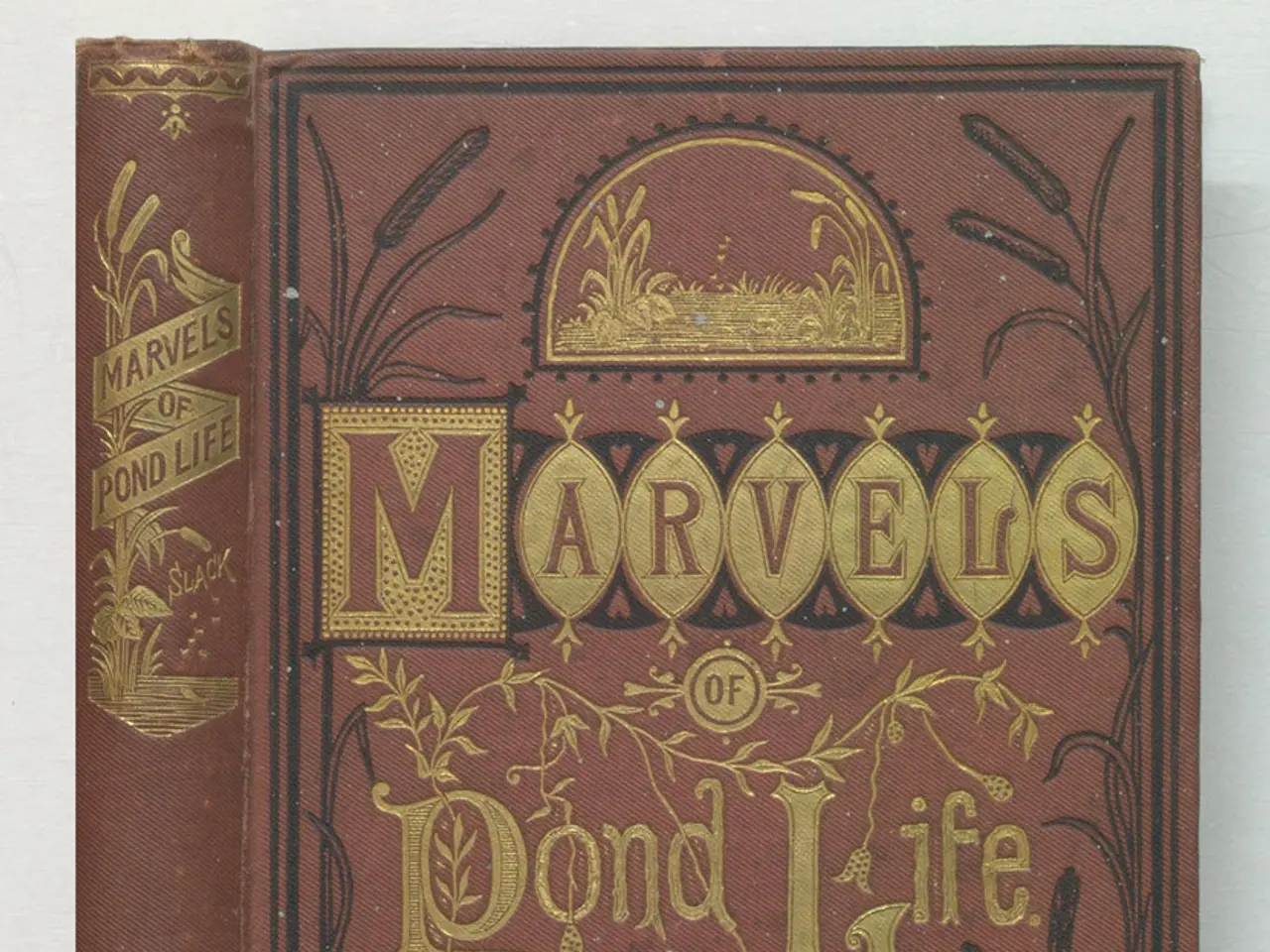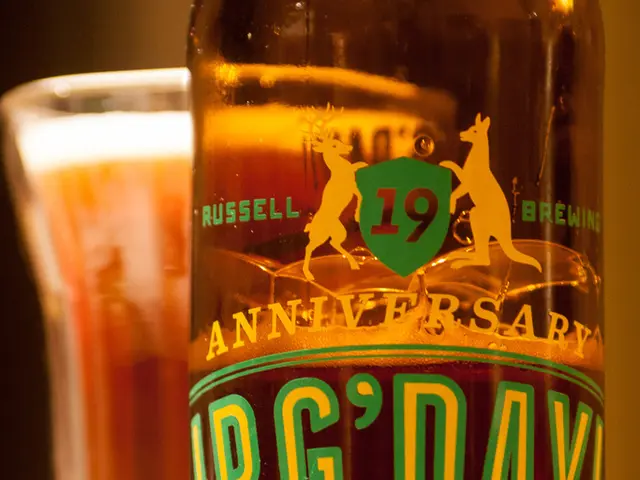Rethinking 'Huckleberry Finn' in the Modern Era: A Fresh Look at Mississippi's Literary Legacy
Mark Twain, born Samuel Clemens, spent several years as a steamboat pilot on the mighty Mississippi River from 1857 to 1861. This experience deeply influenced his writing, providing him with authentic knowledge and vivid experiences that shaped his works.
Twain apprenticed under the skilled pilot Horace Bixby, learning the intricate navigation of the Mississippi and Missouri Rivers. The apprenticeship required a $500 fee, which Twain paid part upfront and learned the profession thoroughly under several veteran pilots. The term "Mark Twain," itself, comes from riverboat terminology, meaning "two fathoms" (12 feet) of water, a measure signaling safe river depth.
As a pilot, Twain gained firsthand exposure to the culture, geography, and challenges of the Mississippi. This experience directly informed the detailed river scenes and social commentary in his works, such as "Life on the Mississippi" (a semi-autobiographical work reflecting on his years piloting and the changes on the river) and "Adventures of Huckleberry Finn."
In "Adventures of Huckleberry Finn," the Mississippi River is metaphorical, representing escape from oppression for Huck Finn and Jim, the runaway slave character. The duo's destination is the town of Cairo in Illinois, at the confluence of the Mississippi and the Ohio rivers, where Jim hopes to escape to the free state of Ohio.
Twain's river career also symbolized personal freedom and independence, aspects he treasured and that permeate his literary themes. Even when he considered leaving writing to return to piloting, friends encouraged him to continue his authorship, which ultimately proved transformative for American literature.
However, Twain's depiction of the Mississippi River's journey in "Huckleberry Finn" deviates from geographical accuracy. Scholars argue for a location further south for the raft's journey in the novel. Despite this, the book remains a powerful critique of slavery and a symbol of freedom for countless readers.
In "Huckleberry Finn," Biblical metaphors are used to critique slavery. For instance, Huck Finn is compared to Moses, the Biblical prophet who delivered the enslaved Israelites from Egypt. Jim's owner has a provision in her will to liberate him, which resolves his enslavement. The King and the Duke sell Jim, a runaway slave, to his captors, but he is eventually freed by Huck Finn.
Recent responses to "Huckleberry Finn" aim to give more agency to Jim, the runaway slave character. The book has been critiqued for its racial attitudes and the frequent use of the slur "nigger." However, it remains an important work in American literature, shedding light on the complexities of race relations in the 19th century.
References:
[1] "Mark Twain: A Biography" by Justin Kaplan. [2] "The Life of Mark Twain" by Albert Bigelow Paine. [3] "Adventures of Huckleberry Finn" by Mark Twain. [4] "Life on the Mississippi" by Mark Twain. [5] "Mark Twain: A Life" by Ron Powers.
- Mark Twain's experiences during his apprenticeship as a steamboat pilot on the Mississippi River, captured in his writings such as 'Life on the Mississippi', provide readers a glimpse into a unique lifestyle centered around home-and-garden on the riverbanks, travel along America's heartland, and general-news gleaned from various ports.
- Owing to his role as a pilot, Twain's works delve deeper into various aspects of entertainment, offering readers humorous, engaging, and thought-provoking entertainment that reflects his personal experiences.
- Beyond just enhancing his literary works, Twain's apprenticeship cultivated a passion for education and self-development that drove him to explore subjects like history, science, and philosophy.
- In 'Adventures of Huckleberry Finn', Twain uses books as more than just vehicles for storytelling – they are catalysts for escaping oppressive societal norms, symbolizing Jim and Huck's quest for freedom.




